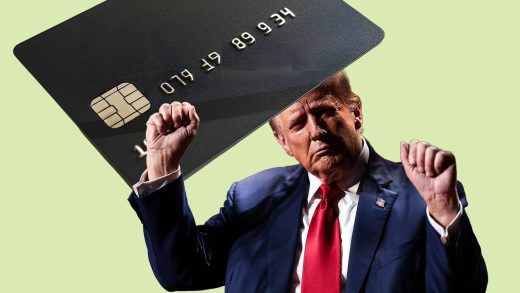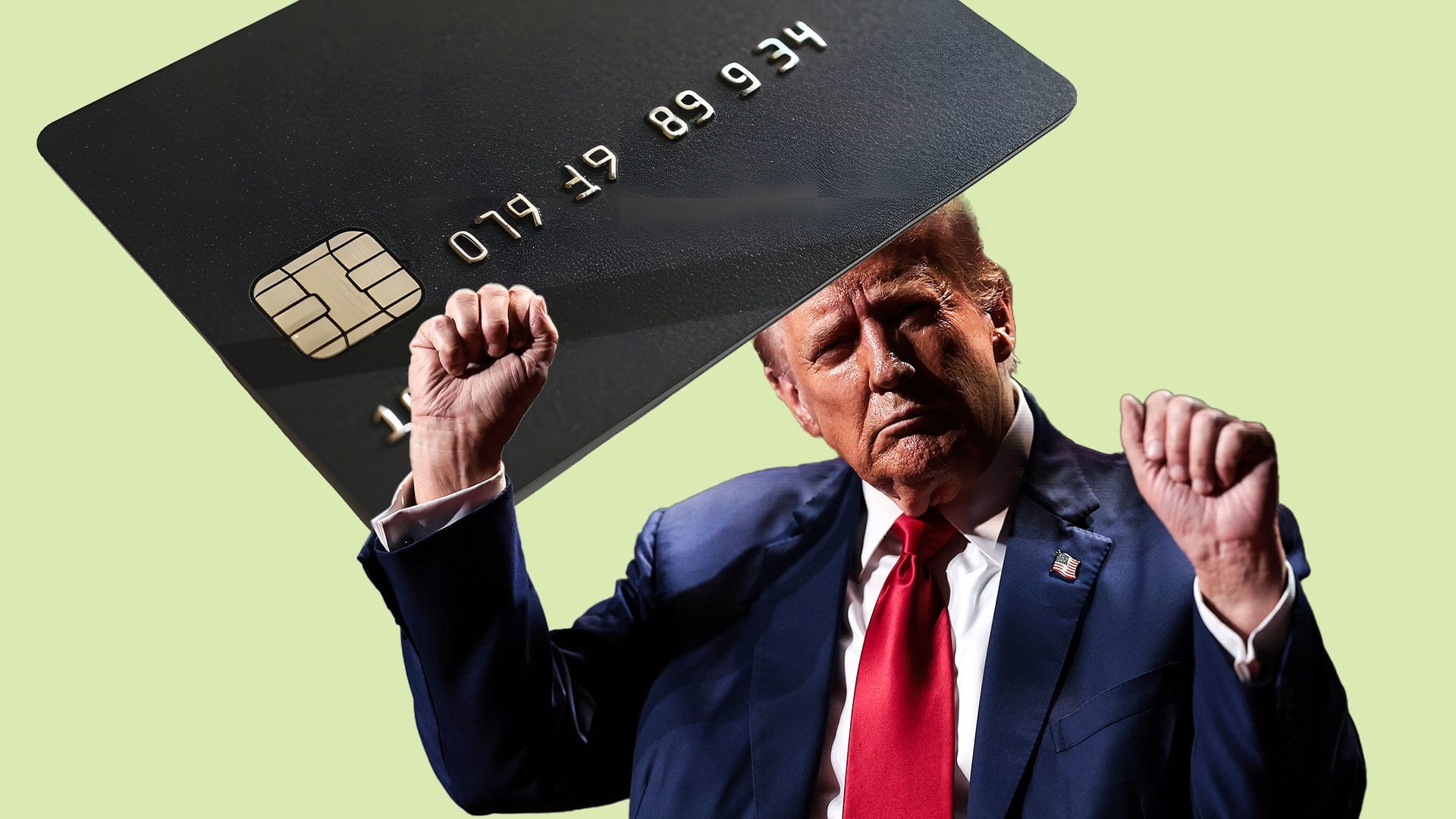Donald Trump wants to cap credit card interest rates at 10%. Could that work?
Donald Trump wants to cap credit card interest rates at 10%. Could that work?
Americans have more than $1 trillion in credit card debt. Could putting a ceiling on credit card interest rates help?
BY Chris Morris
With the 2024 presidential race getting close to the home stretch, both candidates are throwing out ideas about how to handle the economy. Kamala Harris is expected to roll out new economic policy proposals Wednesday. And former president Donald Trump, last week, pledged he would instate a temporary 10% cap on credit card interest rates if reelected.
That’s the sort of pledge you might expect to hear from a Democrat like Elizabeth Warren, but Trump spoke out last Wednesday against rates that currently can average higher than 30% for store credit cards and hover around 20% for national cards.
Trump’s not alone. There has been more talk in Washington, D.C., about putting a ceiling on credit card interest rates in recent years, but how likely is a cap and could one work? Here’s what to know.
How big of a problem is credit card debt right now?
According to the most recent Household Debt and Credit report from the Federal Reserve Bank of New York’s Center for Microeconomic Data, Americans were carrying $1.14 trillion in credit card debt at the end of the second quarter of 2024, up $27 billion from the previous quarter. In the fourth quarter of 2019, that figure stood at $927 billion.
Would Donald Trump have the power to cap credit card interest rates?
Whoever is elected president will have a broad number of authorities, but single-handedly changing credit card interest rates is not one of them. To force change at the federal level, whether temporarily or on a more permanent basis, it will take an act of Congress. Legislators would have to pass an amendment to the Truth in Lending Act.
Has Washington tried to cap credit card interest rates before?
There have been a number of efforts to control credit card interest rates over the years, but none have been successful.
In 2009, there was an effort to set limits on fees and interest charges and freeze them on cancelled cards. That bill also attempted to require advance notice of any increase in a credit card’s annual percentage rate. It died in committee.
In 2018, Senators Sheldon Whitehouse (D-RI), Elizabeth Warren (D-MA), Jeff Merkley (D-OR), and Jack Reed (D-RI) introduced a bill to restore states’ ability to limit consumer loan interest rates for their residents. It floundered.
There was also talk in 2021 about imposing a wider 36% interest-rate cap, but that met with heavy resistance. Senate Banking Committee Ranking Member Pat Toomey (R-PA) said at the time, “Proponents of a 36% interest-rate cap seem to think it would result in borrowers getting cheaper credit, but that’s just not the case. In fact, those most in need would simply lose access to credit. If a lender can’t recoup its costs, it won’t make the loan.” The effort never came close to becoming law.
Last year saw two attempts to change how credit cards work. In June, Senators Richard Durbin (D-IL), Roger Marshall (R-KS), Peter Welch (D-VT) and Trump’s VP pick, JD Vance (R-OH), introduced the Credit Card Competition Act, which aimed to reduce merchant card transaction fees that sometimes are passed on to consumers. And in September, Senator Josh Hawley (R-MO) introduced the Capping Credit Card Interest Rates Act, which attempted to cap rates at 18%. Neither bill made it out of committee.
Has Kamala Harris called for capping credit card interest rates?
No, but she has touted the work of the Biden administration to reduce so-called junk fees, which include high late-payment penalties on credit cards.
How likely is it that either candidate would be able to make a credit card interest-rate cap happen?
Regardless of who wins in November, a cap on credit card interest rates, temporary or otherwise, is unlikely—and not just because of political battles in Washington. The National Bank Act says banks only have to follow rate limits of the state where they’re headquartered. Most credit card companies are headquartered in South Dakota, Delaware, or Utah, all of which have less-restrictive lending rules.
Are there downsides to a credit card interest-rate cap?
While consumers would love to pay lower interest rates, a cap would be a huge hit to the profit of lenders. One argument against a 10% cap is that it could make it a lot harder to get approved for a credit card. The Wall Street Journal editorial board chastised Trump for the suggestion earlier this week, writing, “A 10% cap would effectively cut off people with less-than-pristine credit scores.”
ABOUT THE AUTHOR
(2)



